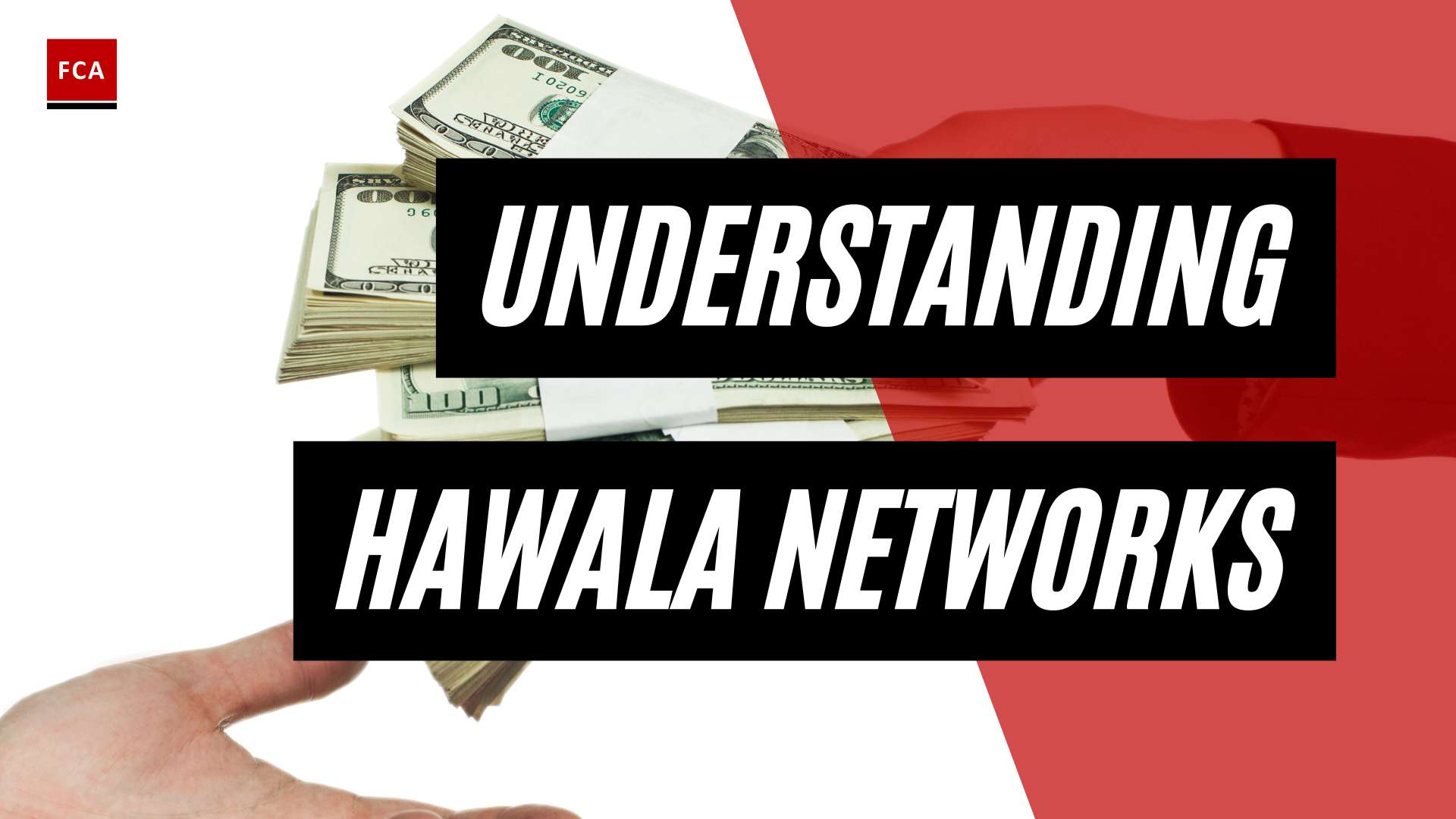Who commits financial crime? There are different people, groups, and stakeholders who commit financial crimes within or outside an organization. Identifying such people is necessary to understand the reasons for committing the financial crime and their motives behind it.

Who Commits Financial Crime?
Financial crime may be committed by anyone, including the senior management or employees of the organization, customers, other stakeholders, the general public, or declared criminals. Financial crime may be divided into two essentially different, although closely related, types of crimes.
First, the activities that generate illegal money or funds for criminals, such as the exploitation of insider information or the acquisition of another person’s property by committing fraud, will be done to secure a material benefit. Alternatively, a person may use deceit to ensure another material benefit.
Second, financial crimes do not involve the dishonest taking of a benefit but protect a benefit that has already been obtained or facilitating taking it. An example is when someone attempts to launder the criminal proceeds of another offense to place the proceeds beyond the reach of the law.
To protect the integrity of the economy and financial system, entities across all industries need to be aware of financial crime and the people who may be involved in such activities. Over the last few years, technological innovation and the evolution of digital assets and currencies have grown exponentially, catalyzed by the need for access to financial systems during pandemic lockdowns.
Financial crimes have become an increasingly borderless phenomenon in the globalized world. Digitalization is a double-edged sword, providing opportunities for fraud and money laundering in creating, altering, or stealing information. Money laundering techniques have become more sophisticated over the years alongside technological innovation.
Front companies are being used by criminals who can better conceal their identities when entering transactions or opening accounts. Identity theft is an example where fraud risk converges with money laundering, allowing bad actors to disguise illicit activities through victims’ accounts. These crimes often arise and/or piggyback off one another.
There are seven main groups of people who commit different types of financial crimes, which are:
- Criminal groups, including terrorist groups, increasingly perpetrate large-scale frauds to fund their activities and operations.
- Corrupt heads of state may use their position and powers to loot the coffers of their (often impoverished) countries.
- Business leaders or senior executives manipulate or misreport financial data to misrepresent a company’s true financial position.
- Employees from the most senior to the most junior steal company funds and other assets.
- From outside the company, a customer, supplier, contractor, or a person without connection to the organization can perpetrate fraud.
- Increasingly, the external fraudster colludes with an employee to more easily achieve bigger and better results.
- Finally, the successful individual criminal, serial, or opportunist fraudsters in possession of their proceeds are a different group of people who have committed a financial crime.
Final Thoughts
Financial crime can range from simple theft or fraud committed by well-intentioned individuals to large-scale operations orchestrated by organized criminals with a presence on every continent. These are serious criminal activities whose significance should not be underestimated because, in addition to their social and economic impact, they are frequently linked to violent crime and even terrorism.









